Description
Introduction to Probability Models; Eleventh Edition is the latest version of Sheldon Ross’s classic bestseller; used extensively by professionals and as the primary text for a first undergraduate course in applied probability. The book introduces the reader to elementary probability theory and stochastic processes; and shows how probability theory can be applied fields such as engineering; computer science; management science; the physical and social sciences; and operations research.
The hallmark features of this text have been retained in this eleventh edition: superior writing style; excellent exercises and examples covering the wide breadth of coverage of probability topic; and real-world applications in engineering; science; business and economics. The 65% new chapter material includes coverage of finite capacity queues; insurance risk models; and Markov chains; as well as updated data. The book contains compulsory material for new Exam 3 of the Society of Actuaries including several sections in the new exams. It also presents new applications of probability models in biology and new material on Point Processes; including the Hawkes process. There is a list of commonly used notations and equations; along with an instructor’s solutions manual.
This text will be a helpful resource for professionals and students in actuarial science; engineering; operations research; and other fields in applied probability.

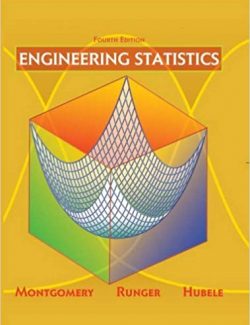

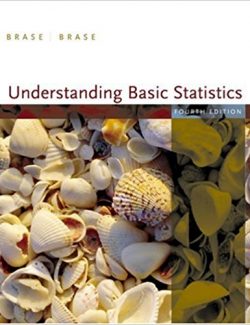
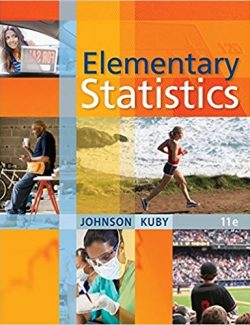


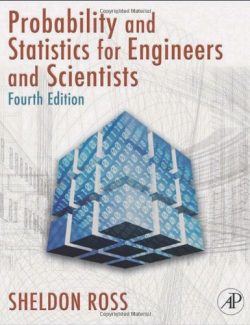


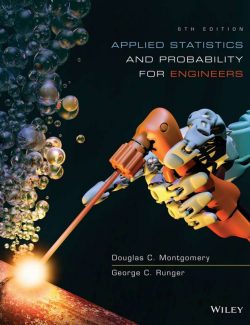


Leave us a comment
No Comments